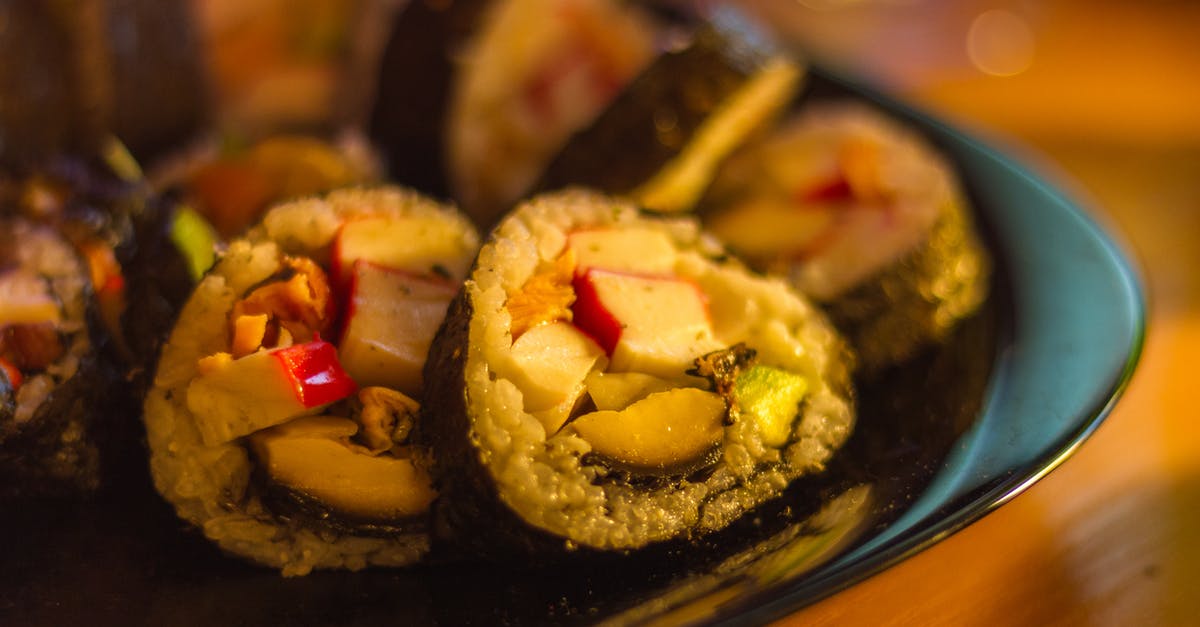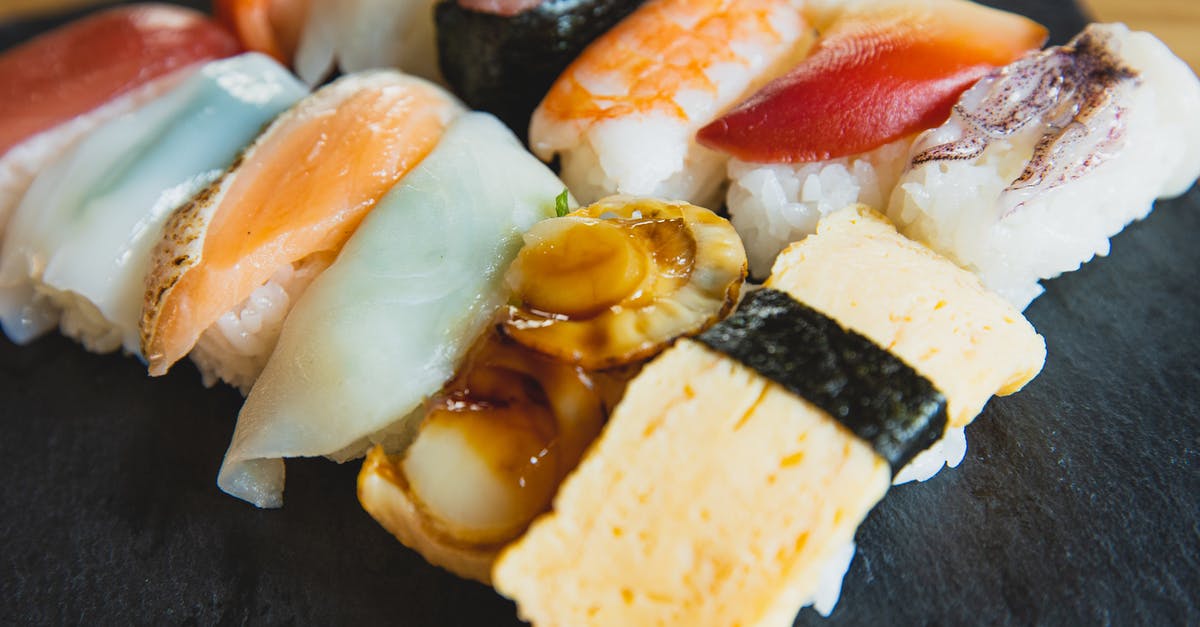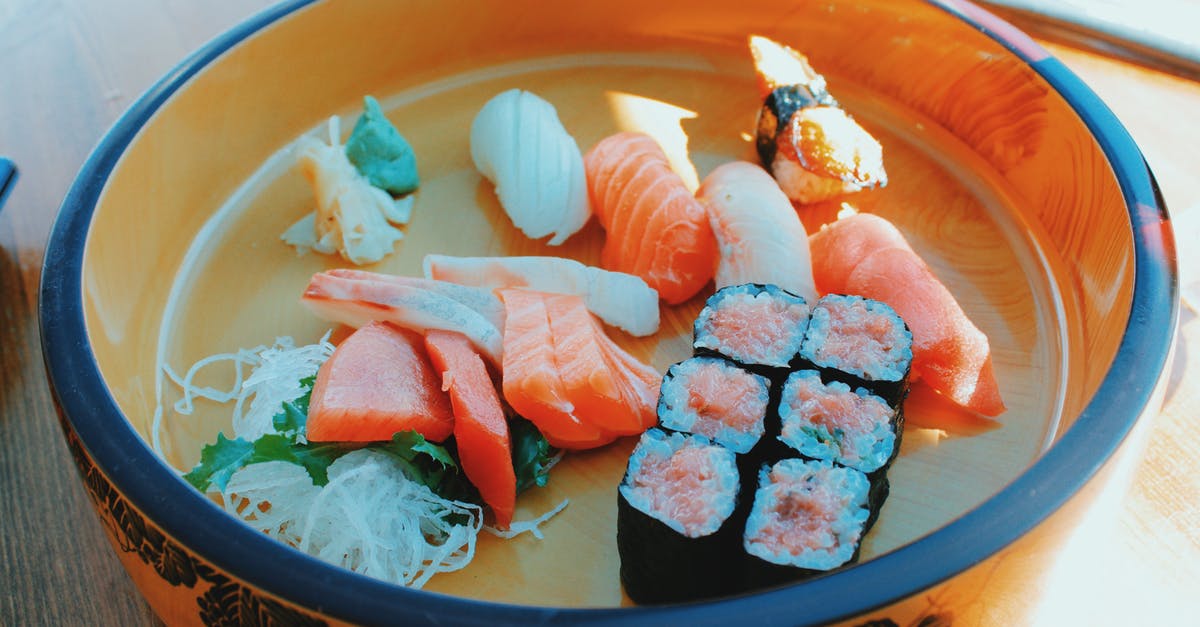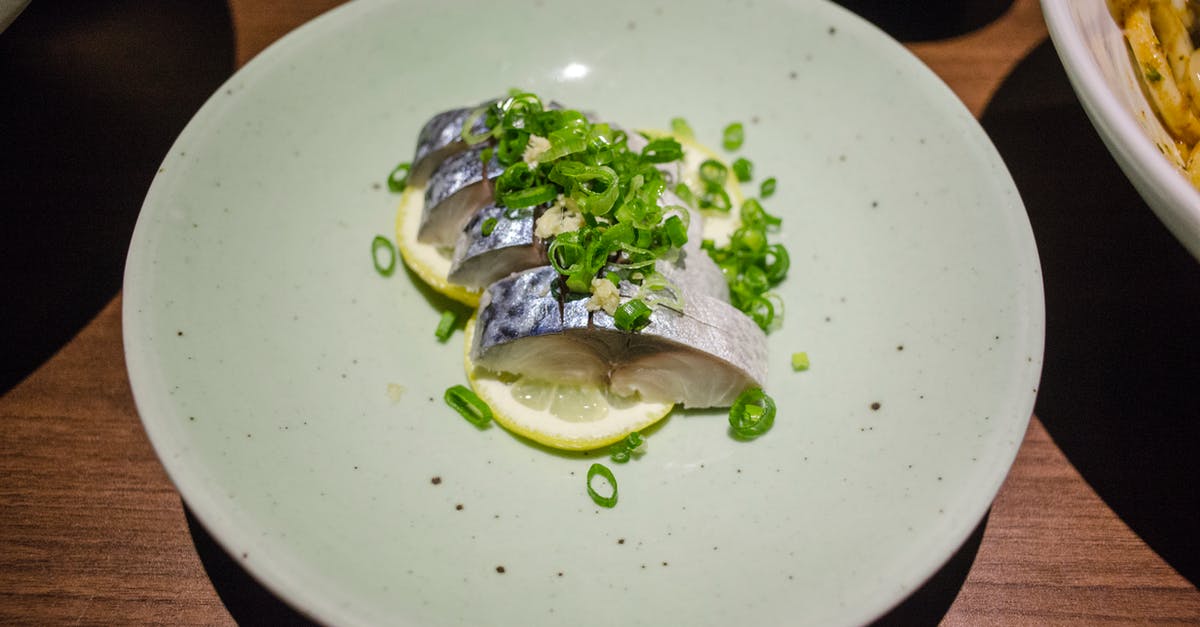UV lamp to disinfect raw sushi fish slices

I'm considering exposing raw fish slices to a UV lamp to kill bacteria before making it into sushi. Would this help? Is there a practice of doing this? And what could be the drawbacks, if any?
UPDATE Thank you very much for your answers. A couple of points to clarify. I am talking about:
- Using UV-C light wand
- Using it on freshly defrosted fish, that is in addition to freezing, not instead of it
- The goal is to further reduce risk of bacterial infection, not to completely sterilize the fish, as that wouldn't be possible
Furthermore, while digging on the Internet I found this:
For some types of food this [surface treatment] may well be sufficient, for example, muscle flesh from a healthy animal immediately after slaughter is, for all intents, sterile. Where contamination does occur, it will be as a result of contact with contaminated surfaces or fluids and this will initially manifest itself at the surface.
The efficacy of UV surface treatment will be strongly influenced by surface topography. Crevices, and similar features, of dimensions comparable to the size of microorganisms (i.e., a few microns) may shield microorganisms from potentially lethal UV rays and enable them to survive. This was cited in recent work as the reason why the UV treatment of fish fillets from a smooth-fleshed species was more effective than that of a rough-fleshed one.
This seems to imply that what I proposed had been tried and even proven somewhat effective.
I have not however found any mentions that UV exposure can cause changes in raw fish that would make it harmful to eat. In other words to make fish less safe than before. If anyone saw such effects being mentioned, please let me know (preferably without a pay wall).
Thank you again.
Best Answer
That is an interesting idea, but I would not recommend it.
It is true that UV light is able to kill microorganisms, and it has been used to treat water for quite some time now. It has also been used to treat some types of juices, and is even used in the food industry (factories). It is an alternative to pasteurization, since it provides an alternative way to killing harmful bacteria without altering the food taste.
However, the uses of UV light in solid foods (and even liquids) do require extensive study about the food properties. This means that, in order to effectively use UV light to kill bacteria in fish, one would have to seriously study how it interacts with the specific type of fish you plan on using.
I am not sure if such study for fishes exists. So, it is best to avoid using this technique, since it could potentially make people sick.
A good read about this topic is this academic paper, entitled "Review: Advantages and Limitations on Processing Foods by UV Light".
Pictures about "UV lamp to disinfect raw sushi fish slices"



Will UV radiation sterilize prepackaged foods?
UV light is also used to sterilize surfaces in meat packaging areas as well as on containers.Is UV light a method of disinfection?
UVGI is a method of disinfection that uses short wavelength ultraviolet light (UV-C) to inactivate or kill microorganisms and pathogens. Essentially, UVGI is the use of UV light with sufficiently short wavelengths to disinfect surfaces, air, and water.Why do they use UV lights in butchery?
UV kills microorganisms by penetrating cell membranes and damaging the DNA, making them unable to reproduce and therefore killing them.What raw fish is used in sushi?
Types of Fish Seafood commonly used in raw preparations like sushi include sea bass, tuna, mackerel, blue marlin, swordfish, yellowtail, salmon, trout, eel, abalone, squid, clams, ark shell, sweetfish, scallop, sea bream, halfbeak, shrimp, flatfish, cockle, octopus and crab.What Types Of Fresh and Frozen Salmon Can You Eat Raw? Walmart? Whole Foods?
More answers regarding uV lamp to disinfect raw sushi fish slices
Answer 2
Partial answer, but here are some important facts before someone gets hurt:
Germicidal UV (UV-C) lamps are NOT the same as blacklight/anti-counterfeit/tanning (UV-A/UV-B) lamps.
Parasites and microbes are two distinct risks with raw fish, and need different measures.
Something (the bulk of the food, or packaging around it, or material used to protect skin or eyes) being transparent or opaque to visible light and/or UV-A/UV-B says nothing about it being transparent or opaque to UV-C.
Strong UV-C needs careful handling since it can quickly cause eye irritation or even eye injuries.
Answer 3
Limitation with the UV wand is that is only kills bacteria on the surface. If bacteria is present on the surface of the fish then it is could also be present inside the fish.
If the bacteria requires oxygen then then it would not penetrate far. According to this not all bacteria requires oxygen.
It would likely reduce the risk.
Answer 4
UV lamps only kill bacteria on the surface of food, not in the food itself. If there are harmful bacteria inside the fish then no amount of UV will make it safe. If there are no harmful bacteria inside the fish then the only concern is harmful bacteria on the outside. If there are harmful bacteria on the outside (ie the surfaces of the prepared fish) after preparation will be there because it was exposed to it during the process of preparation. You can make sure the surfaces of the fish is safe by being clean, if you have clean surfaces, knives and hands then UV won't be needed. If UV is needed to make the fish safe then your preparation is at fault.
Sources: Stack Exchange - This article follows the attribution requirements of Stack Exchange and is licensed under CC BY-SA 3.0.
Images: Stefan Lorentz, Ryutaro Tsukata, Jakayla Toney, makafood
